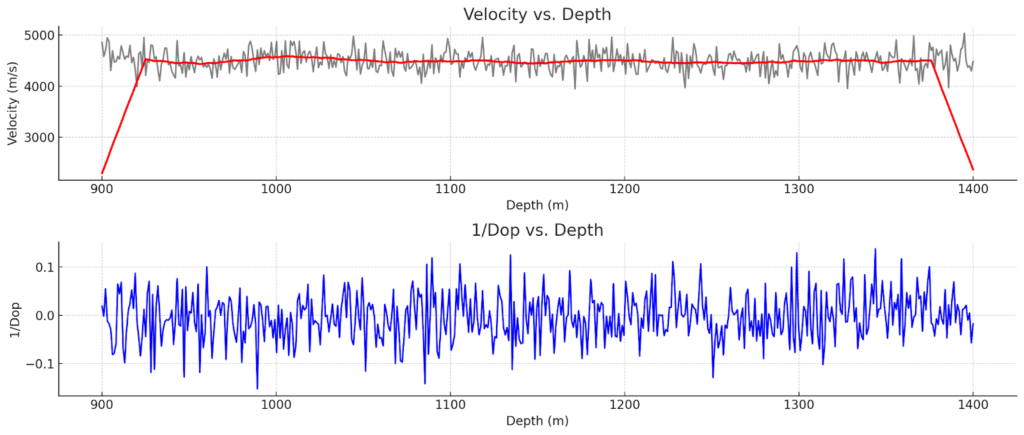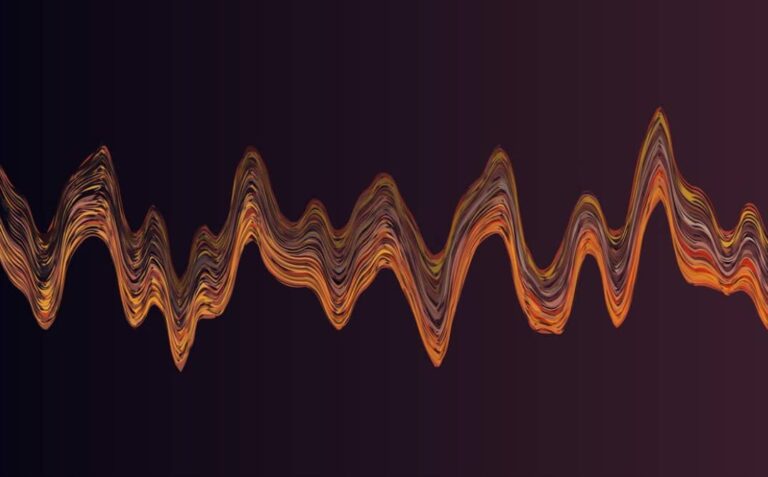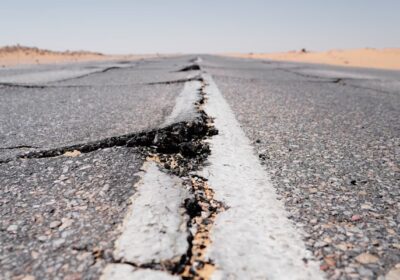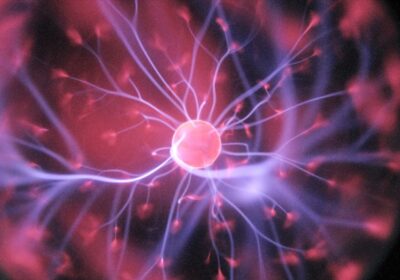
Decoding Seismic Quality Factor (Q): A Practical Guide
Quality Factor or Q
The seismic quality factor, commonly known as Q, stands as a perplexing concept within the realm of seismology, comparable in complexity to Lamé’s constant (λ) and Thomsen’s parameter (γ). Intrinsically linked to the phenomenon of attenuation, Q often gets mentioned in the same breath, leading to a somewhat interchangeable usage of the terms. Despite its perceived significance by experts, its practical consideration can sometimes appear negligible.
In a related context, geomechanics experts are familiar with a different ‘Q’—the rock quality factor. This variant of Q assesses the jointing degree and surface roughness within geological structures and may share an incidental, if not theoretical, connection with the seismic Q, hinting at intricate, non-linear relationships that might have significant implications. For those intrigued by the depths of this subject, Nick Barton’s comprehensive work “Rock Quality, Seismic Velocity, Attenuation and Anisotropy” (2006; CRC Press) offers an in-depth exploration, provided it’s within your budget.
Examining seismic quality factor (Q): A Practical Approach provides valuable insights into seismic processing methods such as AVO-friendly processing, which can significantly enhance subsurface analysis. You may also like to explore how AVO-friendly processing optimizes seismic data for improved interpretation and reservoir characterization.
Seismic Energy Dissipation: The Quality Factor Q

Understanding how seismic waves dissipate energy as they traverse the Earth’s interior reveals a complex interplay of mechanisms. These include scattering due to reflections and diffractions, geometrical spreading, and intrinsic attenuation, which refers to the anelastic loss of energy due to absorption, highlighting the material’s departure from perfect elasticity.
Delving into the essence of seismic wave energy dissipation, we encounter the concept of the seismic quality factor, Q, a dimensionless parameter that quantifies the efficiency of energy storage versus energy loss within a cycle. This factor is crucial for understanding how seismic waves weaken over distance, encompassing energy losses from various processes such as fluid dynamics and frictional heat between grains.
Leon Knopoff’s pioneering 1964 paper on Q offers a foundational exploration of this topic. The calculation of Q is based on the ratio of stored energy in a cycle to the energy dissipated through these loss mechanisms, encapsulated in the formula Q = (2πE) / ΔE. This definition is not unique to seismology but applies broadly across resonant systems, including pendulums and electronic circuits, illustrating the universal principles governing energy dissipation in physical systems.
- The concept of Q^-1, or the inverse of the quality factor, emerges as a more intuitive measure for discussing energy loss, correlating directly with the attenuation coefficient;
- This relationship underscores the frequency-dependent nature of seismic wave attenuation, where higher frequencies experience more rapid energy loss due to their shorter wavelengths;
- While this frequency dependency of attenuation introduces further complexities, it remains a critical aspect of seismic wave propagation analysis.
For those eager to grasp the full intricacies of seismic energy dissipation and the role of the quality factor, Knopoff’s seminal work and additional resources like Carl Reine’s insightful essays provide a deeper dive into the subject, bridging the gap between theoretical concepts and their practical implications in geophysics.
Frequency’s Impact on Seismic Q Factor Analysis
Research indicates that the seismic quality factor (Q) exhibits a relatively stable behavior at frequencies below approximately 1 Hz, thereafter showing an increase proportional to frequency raised to a power of roughly 0.7, extending to frequencies as high as 25 Hz and possibly beyond. This observation, derived from studies such as Mirko van der Baan’s 2002 paper, highlights a complex relationship between Q and frequency within the seismic spectrum. Despite this complexity, a common practice among professionals in the field is to simplify assumptions by treating Q as a constant across the seismic bandwidth, primarily to streamline seismic processing tasks. The challenge of accurately measuring and compensating for Q’s variations in seismic data represents a significant and unresolved issue within exploration geophysics.

Addressing this challenge holds potential value, as a more nuanced understanding and modeling of Q could provide an additional, semi-independent indicator of certain geological properties, notably including velocity. The dependency of velocity on frequency is a recognized phenomenon bridging seismic and acoustic logging tools, with further considerations of amplitude’s effect on velocity bringing additional depth to this understanding. Insights from Paul Johnson and others, soon to be shared in the upcoming publication “52 Things… Rock Physics,” promise to shed further light on these intricate dynamics.
Furthermore, discussions on the intriguing concept of negative Q values, suggesting transmission coefficients exceeding unity, introduce an additional layer of complexity and mystery to the study of Q. Chris Liner’s exploration of this phenomenon, both in his essay and his 2014 publication in The Leading Edge, exemplifies the ongoing quest to unravel the intricacies of Q within geophysical research. Despite efforts to clarify the role and behavior of Q in seismic analysis, the subject remains an area ripe for further investigation and understanding.

Conclusion
In conclusion, understanding the concept of the seismic quality factor, or ‘Q’, proves to be an intricate task that presents numerous challenges. It’s deeply woven with the notions of attenuation and has a profound effect on the loss mechanisms of seismic waves. While we have explored various aspects of ‘Q’, including the mathematical relationship, frequency dependencies, and even unusual instances of negative ‘Q’ values, it’s clear that we’ve merely scratched the surface. The mystery of ‘Q’ remains as elusive as ever. However, the pursuit of a comprehensive understanding of ‘Q’ promises to unlock novel insights into seismic wave behavior and has far-reaching implications for the field of geophysics.

















